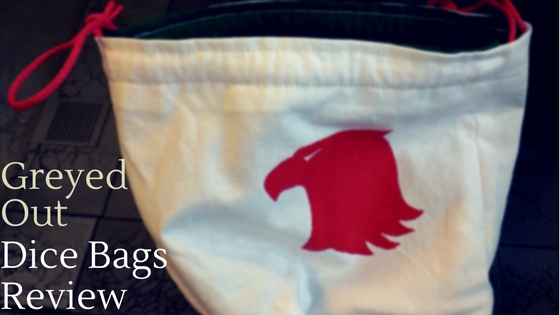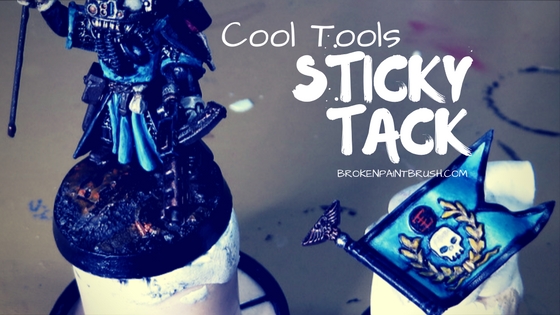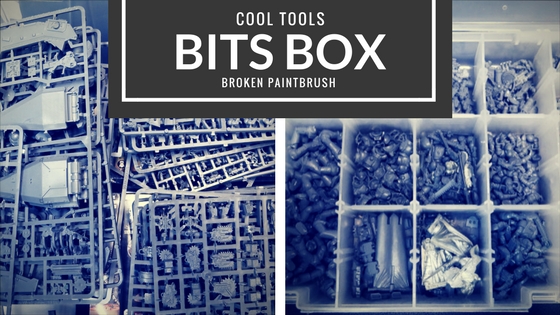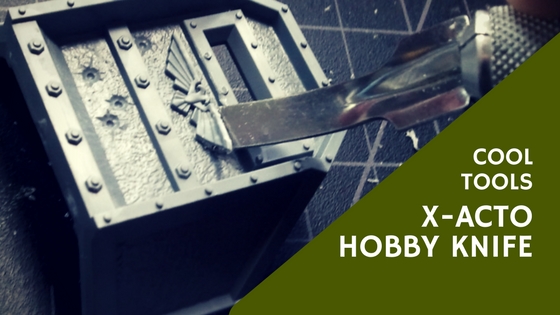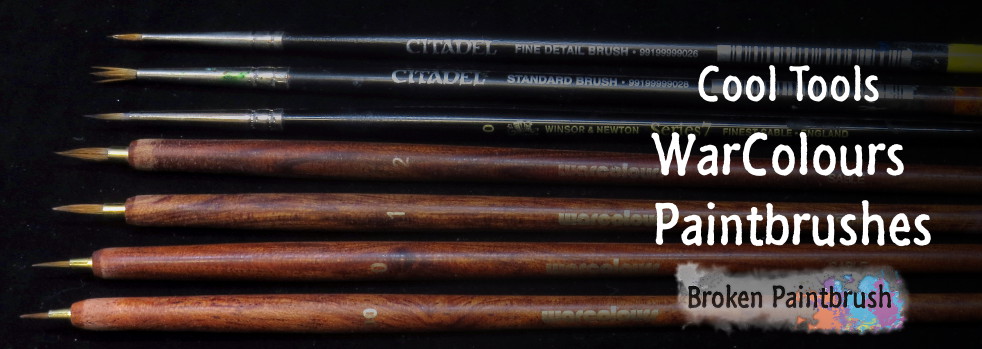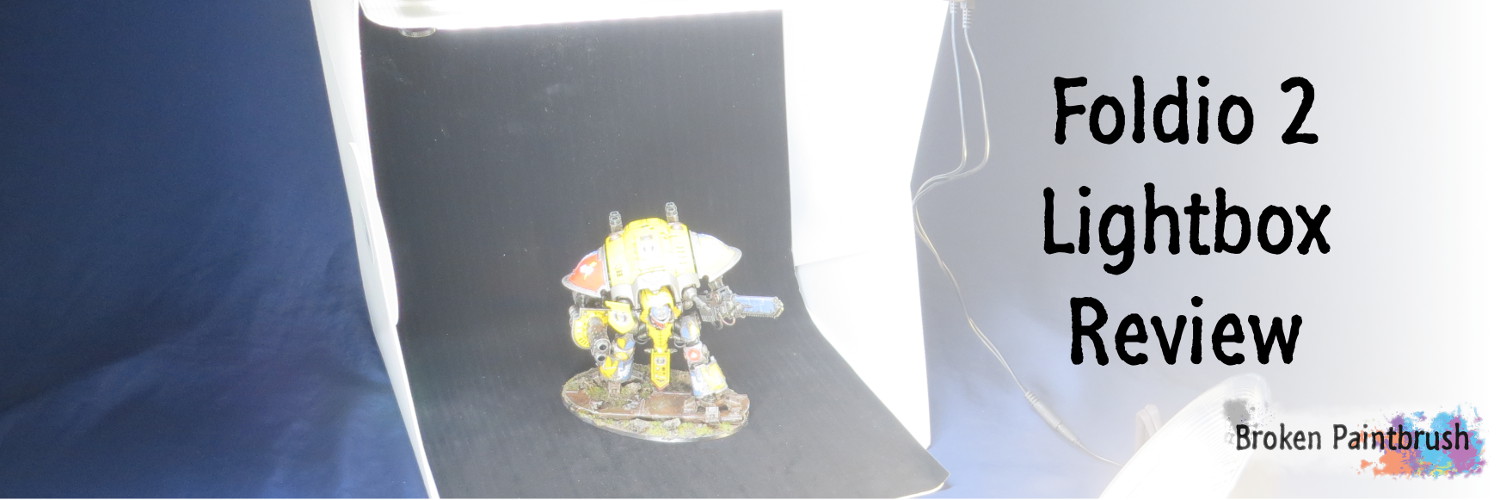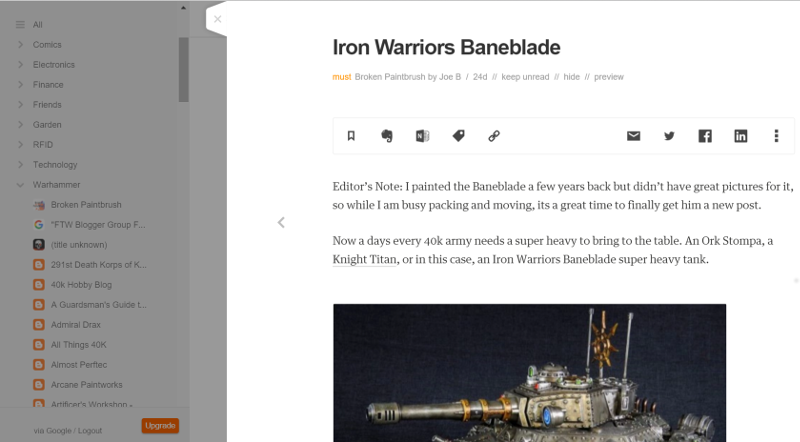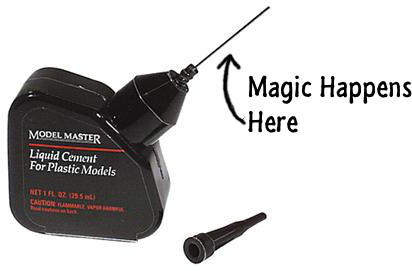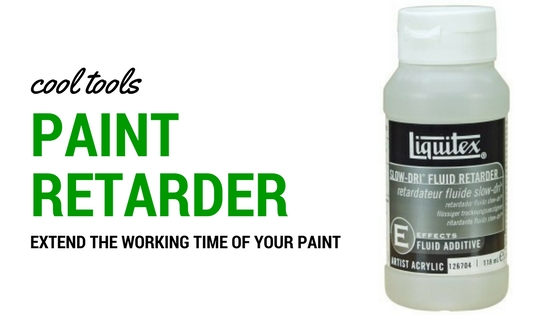Cool Tools: Greyed Out Dice Bags
I’ve seen @greylikestorms dice bags now and then on Twitter, but never really paid too much attention to them. I thought dice bags were one of those things ‘hardcore’ players did. The same ones who came dressed up in costume or carried a banner to events. But after having the fortunate chance to get to know Mike as part of the Rainbow Warriors Project, I have changed my mind and even bought my own bag. Why Dice Bags? For many tabletop games, dice are used to test skills and perform heroism. Bigger games require more dice. Sometimes whole piles of dice. Looking at you orks and all your dakka Forever I have been using resealable plastic bags to hold my dice between games. Functional, cheap and easy. But they rip or disappear in the fog of war (more likely blown away and picked up as trash). Greyed Out Dice Bags Thanks to the power and reach of Twitter, I have seen Mike’s dice bags pop up now and again. But it wasn’t until we started …
